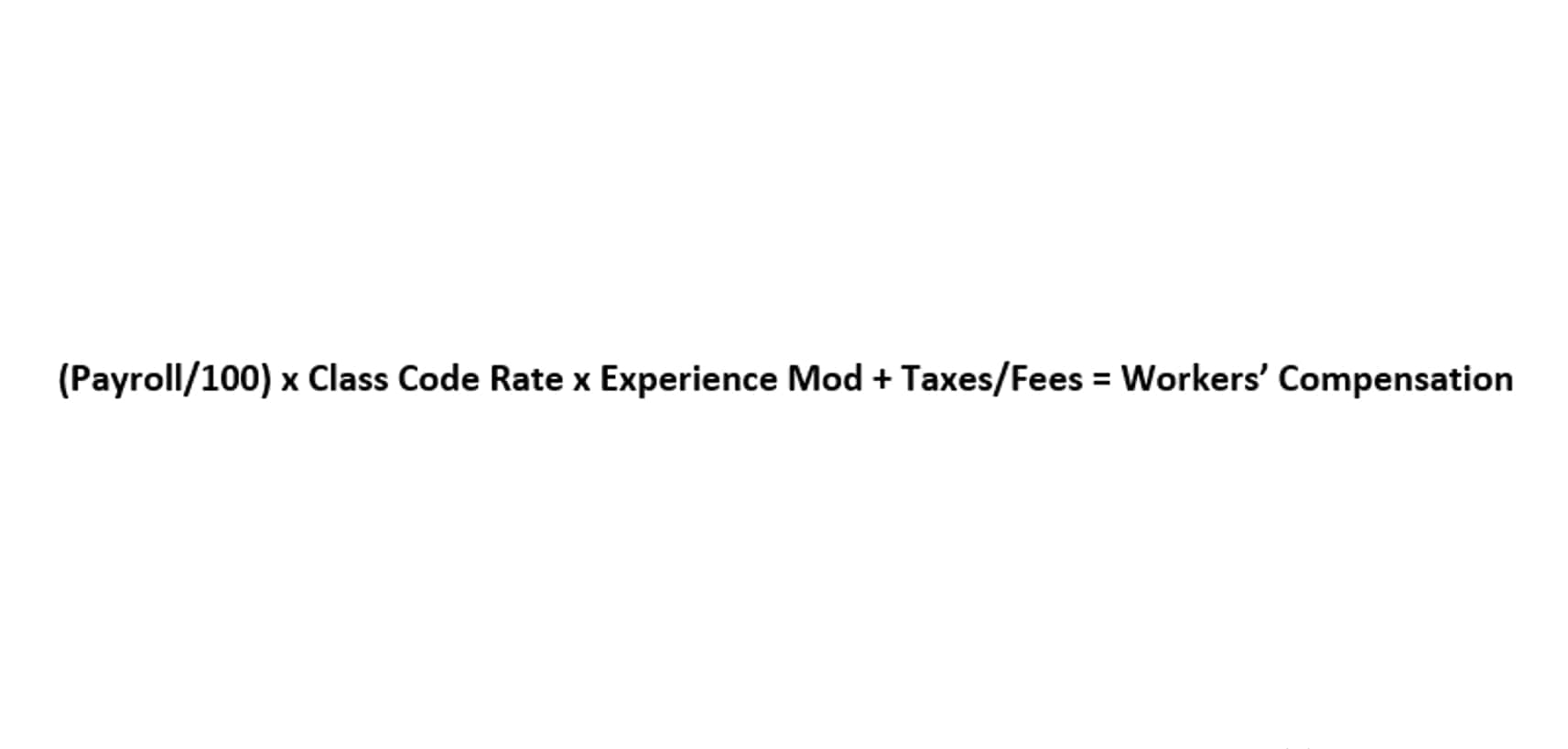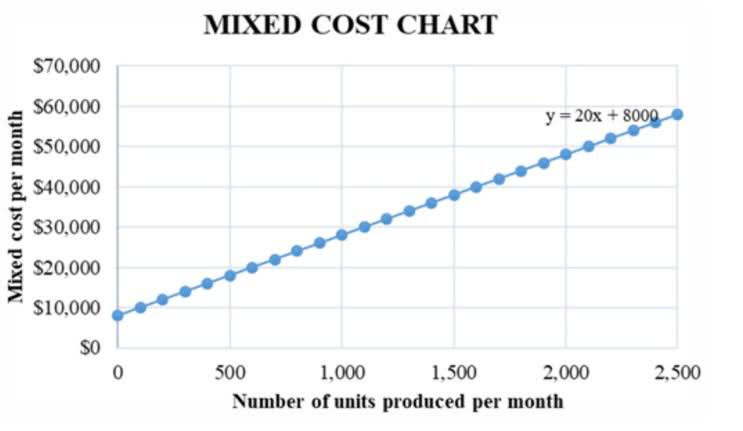The biggest benefit, and sometimes surprise, from implementing an FTP framework comes from obtaining a much clearer picture of the relative contribution to net interest income from the different products and business lines. Large ticket business lines tend to look less favorable under the FTP microscope, while contribution from deposits might be a positive surprise (depending on the market define transfer pricing rates level). It is relevant to know the costs incurred by a business enterprise, such as transportation, packing, freight, insurance, and tax or customs charges where applicable. However, the degree of autonomy depends on the nature of the business and the strategy of the firm. The success of divisionalization depends on the effectiveness of divisional performance measurement.
- The term funds transfer pricing (FTP) refers to a system that is used to estimate how funding adds to a company’s overall profitability.
- According to a 2018 study by IMF economists Ruud De Mooij and Li Liu, transfer pricing regulations can directly impact business investment (specifically FDI) in a way that is similar to an increase in the corporate income tax rate.
- Scenario 1 shows the profit if the price X charges to Y for the supply of one piano is similar to the market price (USD 4,000 as this ensures a profit of USD 3,000).
- E.g., if published price is available only for short-term deals, such prices are adjusted for long-term commitments for determining the competitive price.
We created a quick and easy method for you to master the theory and practice of transfer pricing. As a next step you would need to verify whether the terms and conditions of internal transactions are in accordance with the arm’s length principle and whether this can be substantiated. Governments consider unrealistic profit shifting a major problem and have taken it head on.
In addition, transactions whose economic substance differs materially from their form may be recharacterized under the laws of many systems to follow the economic substance. Adjustment of prices is generally made by adjusting taxable income of all involved related parties within the jurisdiction, as well as adjusting any withholding or other taxes imposed on parties outside the jurisdiction. For example, if Bigco US charges Bigco Germany for a machine, either the U.S. or German tax authorities may adjust the price upon examination of the respective tax return. Following an adjustment, the taxpayer generally is allowed (at least by the adjusting government) to make payments to reflect the adjusted prices. Now, ABC Co. will charge a transfer price of between 20 cents and 80 cents per pen to its subsidiary. In the absence of transfer price regulations, ABC Co. will identify where tax rates are lowest and seek to put more profit in that country.
The company’s transfer pricing team must find an example of a licensing agreement the company has made with an independent third party to use their branding. If that arrangement is sufficiently comparable, the car rental company can apply the same price it charges the independent third party to its Canadian subsidiary for the use of the brand and logo. There are different tools that companies can use to determine whether they are in the black. Funds transfer pricing is a system that banks and other financial institutions can implement to assess their overall success and that of their individual business units, products, and services among other things. Not having a system like this can be risky for financial institutions because it can lead to mispricing and increased volatility. There are several examples of high-profile cases where the litigation is ongoing between the IRS and big companies regarding the treatment of transfer pricing.
Transfer Price vs. Standard Cost: What’s the Difference?
For example, you can reduce the market price to account for the presumed absence of bad debts, since corporate management will likely intervene and force a payment if there is a risk of non-payment. If the firm is able to sell its transfer goods in an imperfect market, then it need not be a price taker. There are two markets each with its own price (Pf and Pt in the next diagram). That is, point C is a horizontal summation of points A and B (and likewise for all other points on the net marginal revenue curve (NMRa)). There may be tax advantages obtained for the group if one member charges another member for services, even where the member bearing the charge derives no benefit. To combat this, the rules of most systems allow the tax authorities to challenge whether the services allegedly performed actually benefit the member charged.
Tax authorities are increasingly likely to take the position that the CPM is not a good match for organizations with complex business models, such as high-tech companies with intellectual property. Using data from companies who do not meet the OECD’s standards of comparability creates audit risk for organizations. However, finding the comparable data necessary to use these methods is often very difficult. Even the smallest variations in product features can lead to significant differences in price, so it can be very challenging to find comparable transactions that won’t raise red flags and be questioned by auditors. Depending on the actual sales price, company B may realize a small profit or loss.
What Is Transfer Pricing?
The opportunity cost per unit of internal transfer to the sub-unit B will be different under different market situations. If actual transfer is short or excess of the estimated demand the amount to be charged under two-step pricing will differ from the amount to be charged if full cost method is used for calculating the price. In a situation of excess or shortage of industry capacity, firms tend to impose restrictions on sourcing decisions. When the selling division has an excess capacity, the company will fail to optimize profits if the buying division purchases the intermediate product from outside. It will restrict the output at the level where marginal cost equals marginal revenue.
FTP and profitability management
Proper compliance of these rules can be ensured by following a three step approach. An example is the ‘deal’ that pharma giant AstraZeneca concluded with the UK tax authorities (HRMC) and the IRD. This considered a transfer pricing dispute covering a period of 13 years. Eventually AstraZeneca paid an amount of USD 1.1bn to settle the dispute (more on Reuters).
Transfer pricing is done so that each of the divisions or independent businesses in an organization can generate a separate profit. The profitability of a division or a subsidiary depends on the prices at which the inter-company transactions occur. Transfer pricing allows companies to avoid paying taxes unnecessarily for the best financial outcome. Second, transfer prices affect division managers’ incentives to sell goods either internally or externally. If the transfer price is too low, the upstream division may refuse to sell its goods to the downstream division, potentially impairing the company’s profit-maximizing goal. Pricing of these transfers poses complex problems because a wrong pricing method may misstate divisional profits and may kill entrepreneurial spirit of divisional managers.
Say that the direct / indirect costs of manufacturing one piano are USD 1,000. And say that the average third party piano manufacturer similar to Y realizes a profit before tax of USD 3,000 when selling one piano to a distributor. The transactional net margin method (TNMM)[93] compares the net profitability of a transaction, or group or aggregation of transactions, to that of another transaction, group or aggregation.
What Actions Can Tax Authorities Take?
Under TNMM, use of actual, verifiable transactions is given strong preference. However, in practice TNMM allows making computations for company-level aggregates of transactions. Contemporaneous means the documentation existed with 30 days of filing the taxpayer’s tax return. Documentation requirements are quite specific, and generally require a best method analysis and detailed support for the pricing and methodology used for testing such pricing. To qualify, the documentation must reasonably support the prices used in computing tax. U.S. rules require that the IRS may not adjust prices found to be within the arm’s length range.[84] Where prices charged are outside that range, prices may be adjusted by the IRS unilaterally to the midpoint of the range.
In addition to outlining the rules of transfer pricing, OECD guidelines also outline the five primary transfer pricing methods. The different methods of transfer pricing all look at comparable transactions and profits of similar third-party organizations in order to arrive at arm’s length transfer prices. The methodology https://adprun.net/ used to arrive at these prices is included in financial reporting documents, which are closely reviewed and checked for accuracy by tax authorities. Companies are required to provide transfer pricing tax documentation to tax authorities in order to show the rationale for the prices of transactions made internally.
In all other situations there is no option but to use cost-based transfer prices. Many other disregard the distress market price and set the transfer price based on the long-term ‘normal’ market price. If the firm sets the transfer price based on the distress price, the selling division might stop the production of the intermediate product. When one entity purchases goods from another entity under the same ownership, a sales price is charged, just as it would be to an outside customer.








